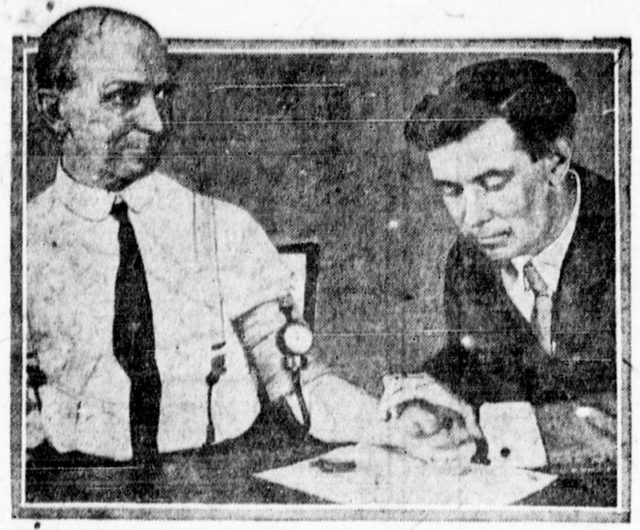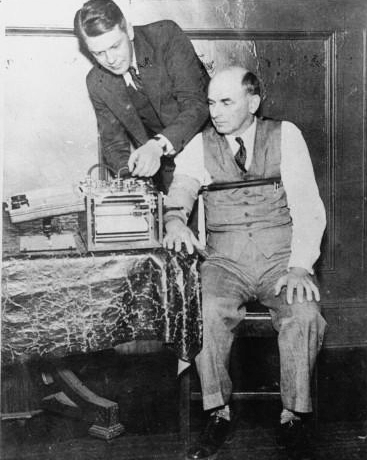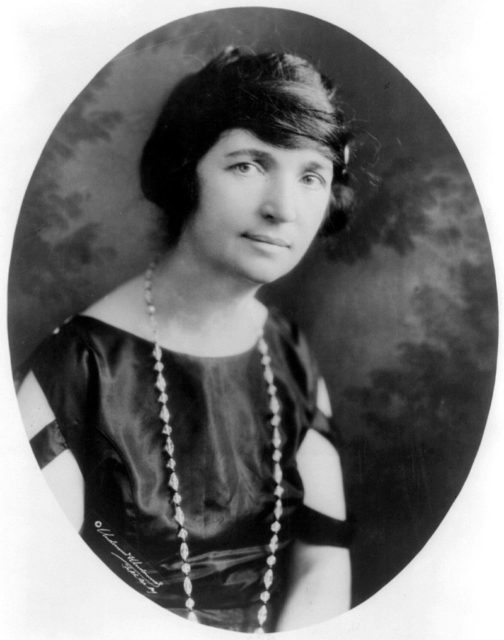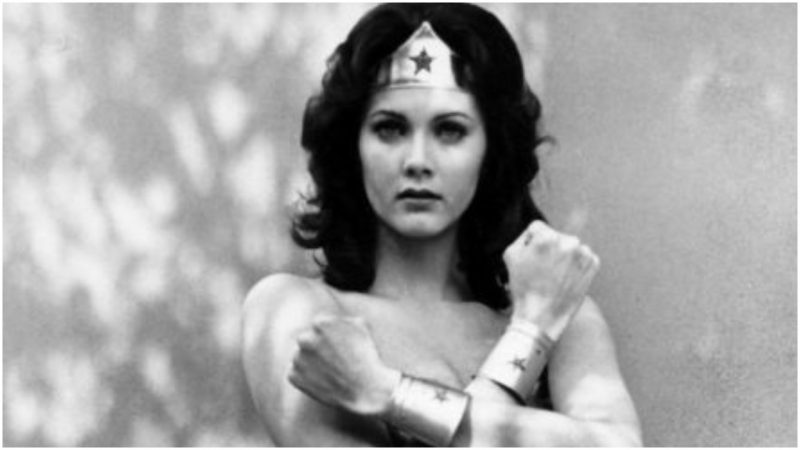William Moulton Marston was a man of many talents and interests: he was a psychologist, a lawyer, a writer, and the creator of the most popular female comic-book hero of all time, Wonder Woman.
But he was also a serious inventor. Marston is credited with the creation of the systolic blood pressure test—an important component of the modern polygraph.
Marston earned a B.A. from Harvard University in 1915, an LL.B. in 1918, and a Ph.D. in Psychology in 1921. It was during this period that he married Elizabeth Holloway, who went on to play a pivotal role in the creation of Wonder Woman and the invention of the lie detector test.
He began working on his invention in 1915, but he wasn’t fully inspired until his wife told him that her blood pressure seemed to climb if she felt angry or excited. This led Marston to believe that a connection existed between lying and blood pressure, and he came to the conclusion that when people lie, their blood pressure increases. Thus, the early version of the polygraph machine was born.

He offered it for questioning criminal suspects, and soon his invention became a hit in law enforcement circles. The process was quite simple: He would first record the suspect’s blood pressure, then ask him a question and record it again to see if there were any changes. If the suspect displayed a spike in blood pressure, it was an indication that he was answering questions deceptively.
Reportedly, when aviator Charles Lindbergh’s infant son was kidnapped in 1932, Marston used his early version of the polygraph to help the family question potential suspects.
However, Marston also had a few secrets of his own. Thanks to historian Jill Lepore’s book The Secret History of Wonder Woman, we are given a glimpse of his life and learn some surprising details.
Lepore, who is a political historian primarily, told National Public Radio in an interview that she was fascinated by Marston’s story and thought that there was a really important political history behind the creation of Wonder Woman that had been missed.

According to the author, Marston was inspired to create his heroic female character by the suffragettes and the birth control movement, which were at their peak when he attended college.
It was while Marston was working as a professor at Tufts University in Massachusetts that he met a student named Olive Byrne, who became an inspiration for his famous comic book character.
There was a problem, however. Marston was married when he met Byrne and fell in love with her. He told his wife, Elizabeth, that he would leave her unless she agreed to allow Byrne to live with them. She agreed, and they lived together as one family. Marston fathered children with both of them.
What’s most striking is that the man who invented the lie detector lied to everyone else about Byrne, saying that she was his widowed sister-in-law.
Byrne’s aunt happened to be Margaret Sanger, a birth control, and women’s rights activist, with whom the unconventional family maintained close ties. She is thought to have had some influence on Bryne’s themes in his writing.

It was actually Marston’s wife’s idea to create a female superhero, and Elizabeth helped him develop the character. However, it’s believed that his lover, Byrne, served as the physical model for Wonder Woman.
Marston died of cancer in 1947 in Rye, New York. His wife and lover continued to live together until Olive Byrne’s death in the late 1980s.
